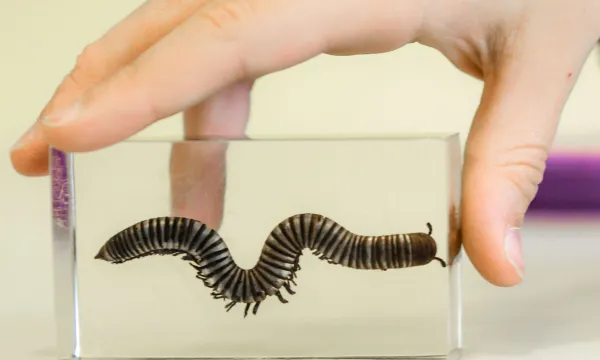
Walking with Minibeasts
Use our floor classification key to identify real creatures before creating a crazy creature.
Recommended for: KS1 (5-7) | KS2 (7-11)
Access considerations
Workshop

Use our floor classification key to identify real creatures before creating a crazy creature.
Access considerations
Workshop